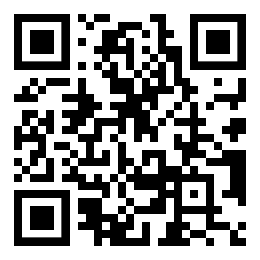Product appearance debugging-product misalignment
(1) When using the peeling knife, adjust the bottom surface of the peeling knife and the upper surface of the support shaft as much as possible to keep it level. The main material should be slightly higher than the peeling knife when entering, and the angle between the main material and the horizontal direction is about 15 degrees.
(2) When using thicker raw materials, the product must be automatic, and when the finished product is too narrow, a baffle must be installed;
(3) Add a pressing shaft or foam shaft on the back of the tool to position the finished product on the base paper. The foam shaft should be used in combination with a small bending shaft. If a stripping tool is needed during processing, it must be close to the output shaft behind the second tool. The closer the better, the better it is to eliminate dislocations;
(4) Under the premise of meeting the requirements, replace materials with heavier peeling force;
Product appearance debugging-product is dirty
(1) Check whether the raw material has the same problem, and whether the drive shaft in contact with the raw material is clean;
(2) Whether it is necessary to replace the pad knife foam, whether the static elimination equipment is working normally, and whether each well is clean;
(3) When the product is found to have scratches, check whether the raw materials have the same problem, and whether there is a special tape contacting the raw materials on each drive shaft;
(4) Whether the cleaning meets the requirements;
Product appearance debugging-product folds
(1) Check whether the joints are caused by uneven joints;
(2) Whether the tension of the main material before entering the tool is too large, whether the two ends of each compression shaft are balanced, and whether the pressure of the product is balanced. Try to use the finished sensor or minimize the force of the finished shaft.
(3) Whether the release force of waste is too large;
(4) Whether it is necessary to add a pointed stripping knife;
Product appearance debugging-missing parts of finished products
(1) Check whether the disc is often lost (if any, the reason for the tool should be considered: the disintegration and passivation of the knife);
(2) Whether the cutting is too biased, whether the glue position is incorrect, whether the material thickness is too small, whether the knife pressure is too small, whether the gear is dirty, whether the extraction angle of waste is too small, and whether the extraction strength of waste is too small;
(3)Whether a stripping knife is required for the extraction of waste, and whether the thickness of the pad knife foam cotton is appropriate;
(4) Experiment with other batches of raw materials. When it is found that the loss of tablets is inevitable, production should be carried out after obtaining the license, the actual loss ratio should be determined, and the number of tablets should be patched according to the maximum number of lost tablets.
Product appearance debugging-product lamination
(1) Check whether the output compression shaft is sticky or not too tight;
(2) Whether the foam on the knife has residual glue, and whether the product sticks to the knife during molding;
(3) Whether the tools are lined with anti-stick silicone foam cotton;
(4) If necessary, whether the mold is coated with an anti-sticking layer;
(5) Test other batches of materials;
Product appearance debugging-product deformation debugging
(1) Check whether the tension of the raw material or the unwinding shaft is too large, and try to adjust different tensions;
(2) Whether the cushion knife foam is deformed and damaged, and whether the thickness and elasticity are appropriate;
(3) Whether the pressure shaft is too low, whether the pressure between the stripping knife and the lower support shaft is too tight, whether the compression shaft is too strong;
(4) Whether the extraction position of the extraction tool is inappropriate, and whether the product is crushed;
(5) Whether the waste is completely cut, and whether there is residual glue on the tool;
(6) After solving other problems, try other batches of raw materials;


